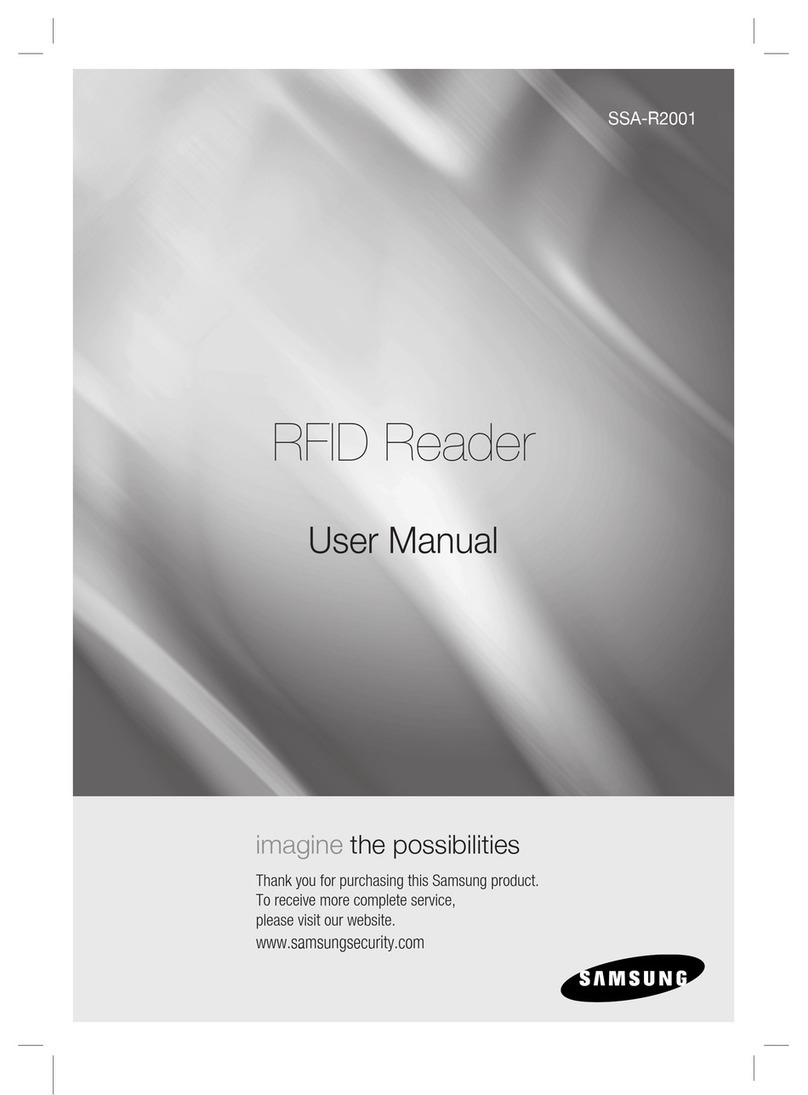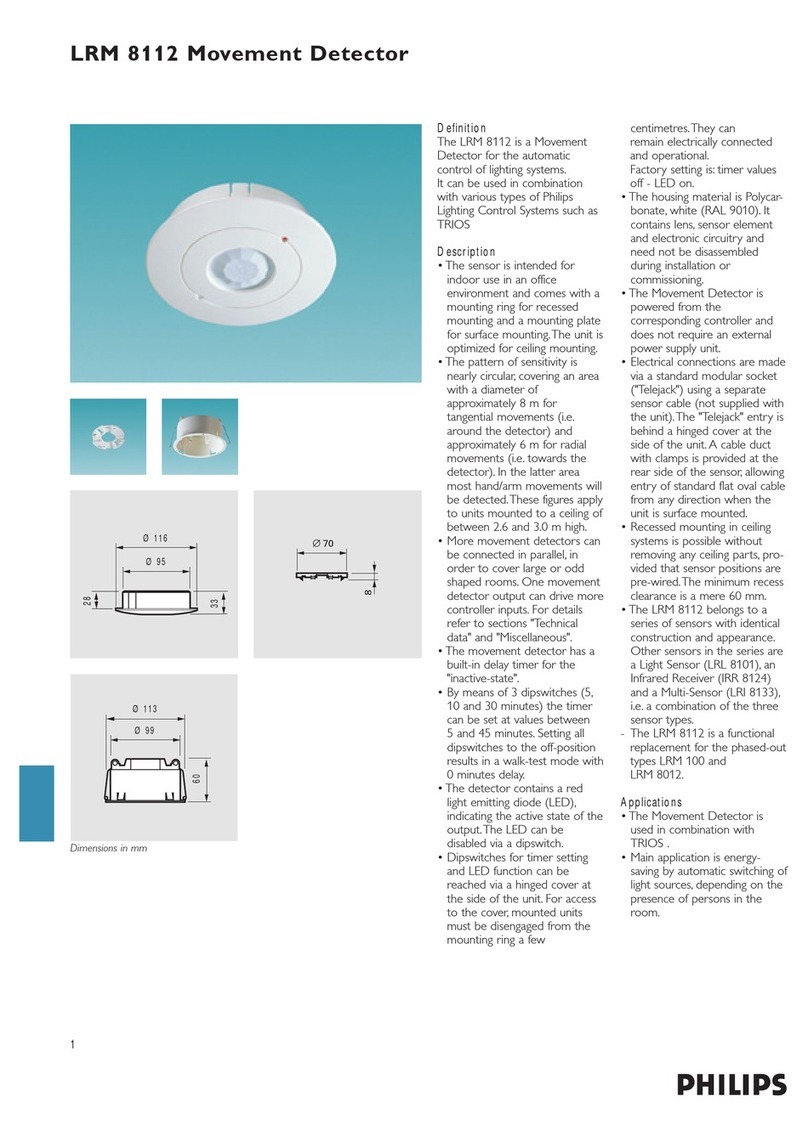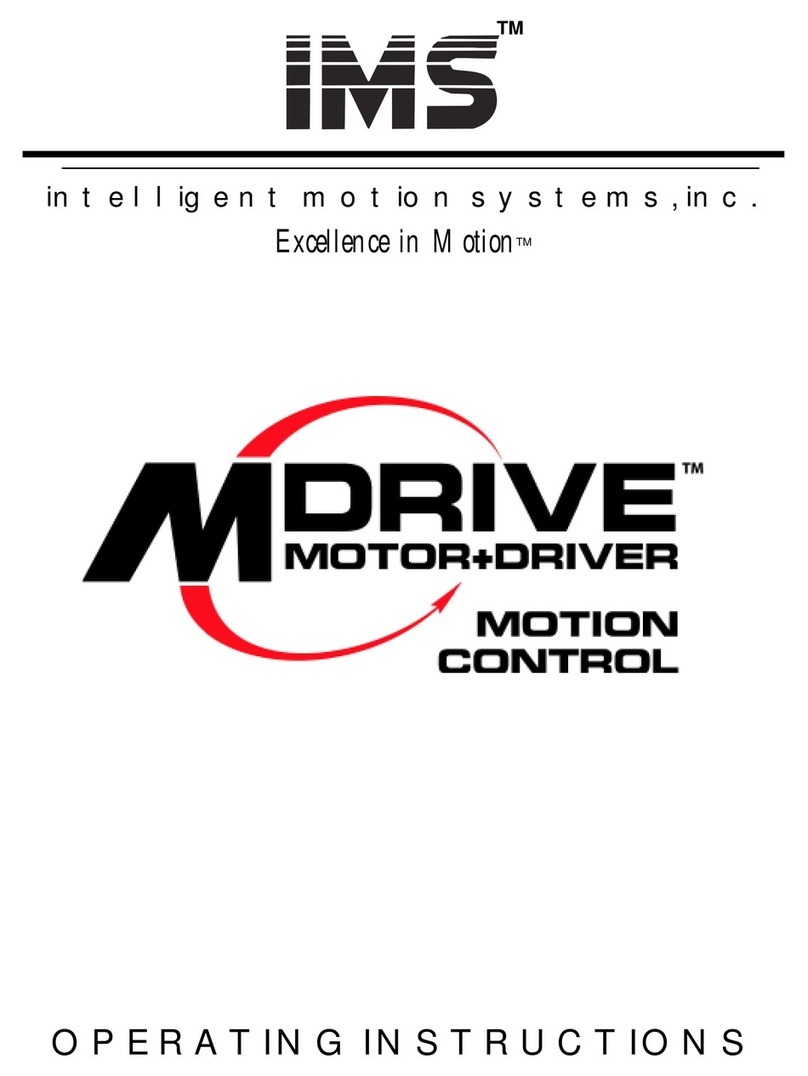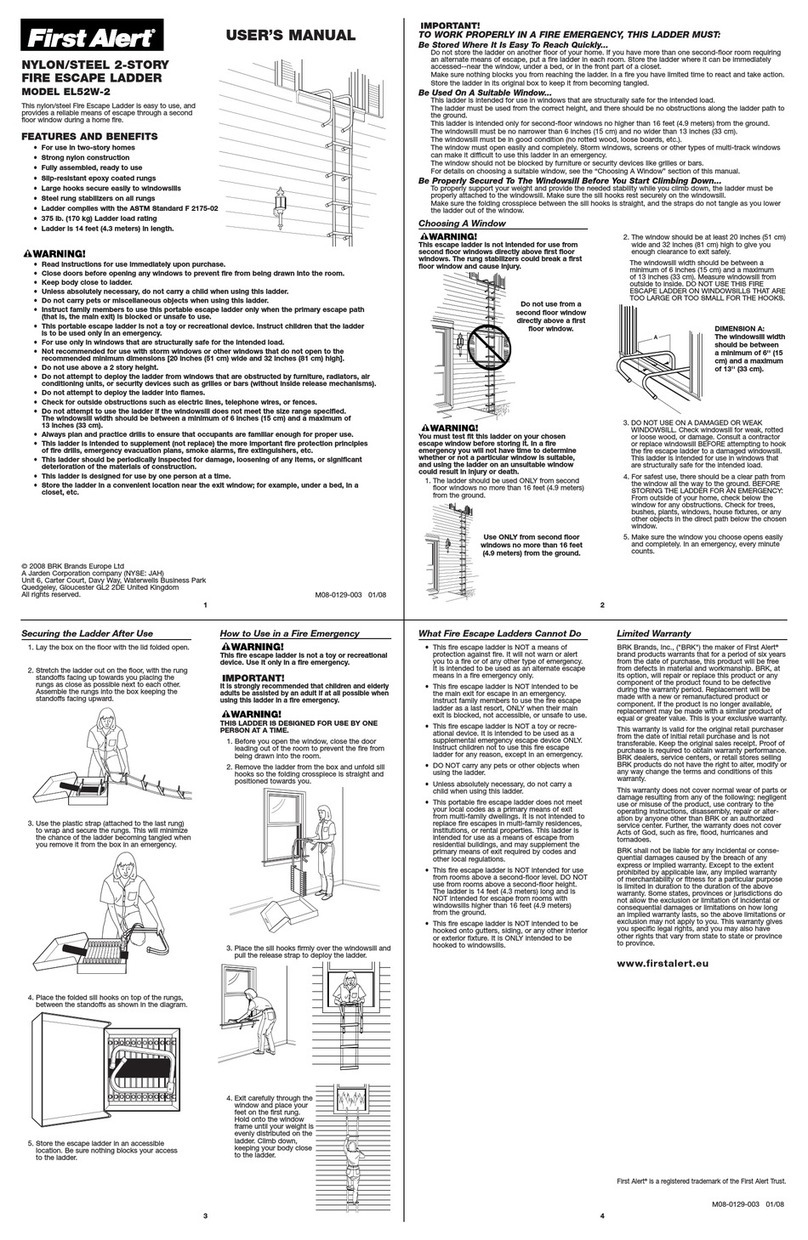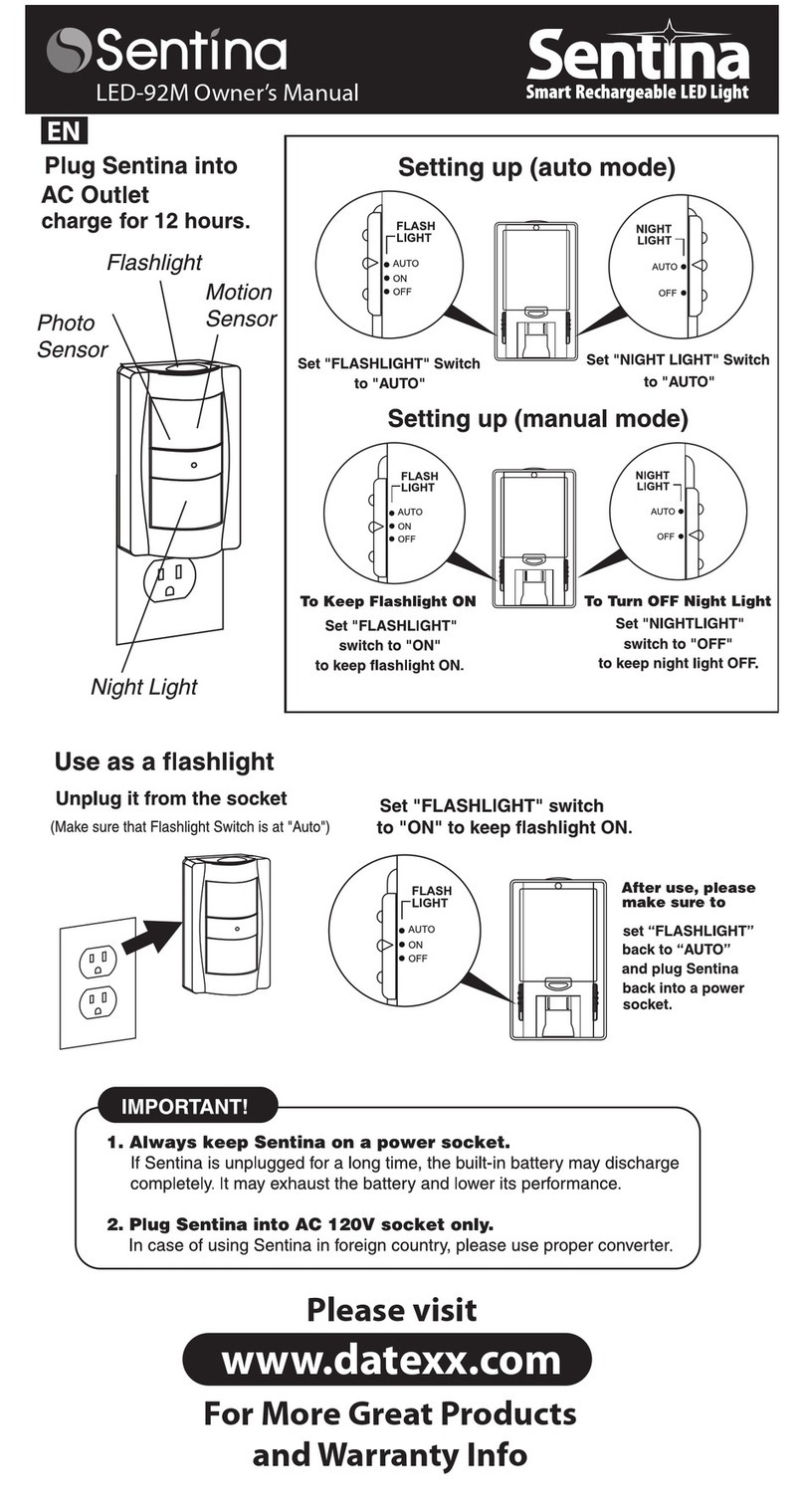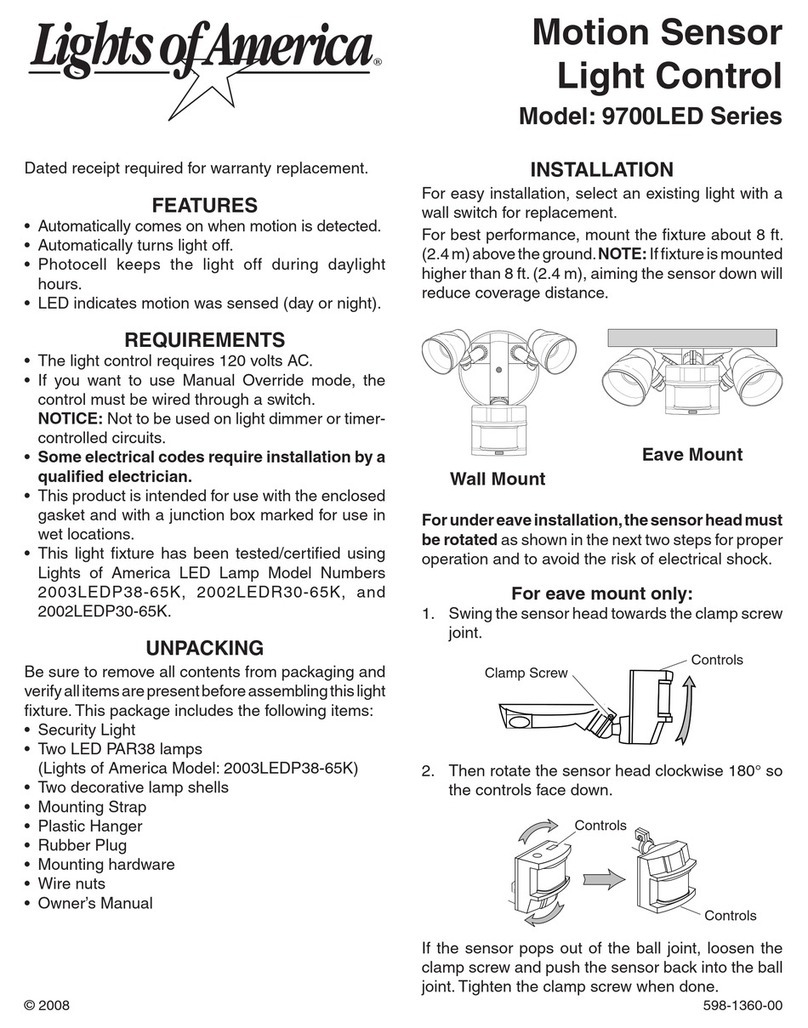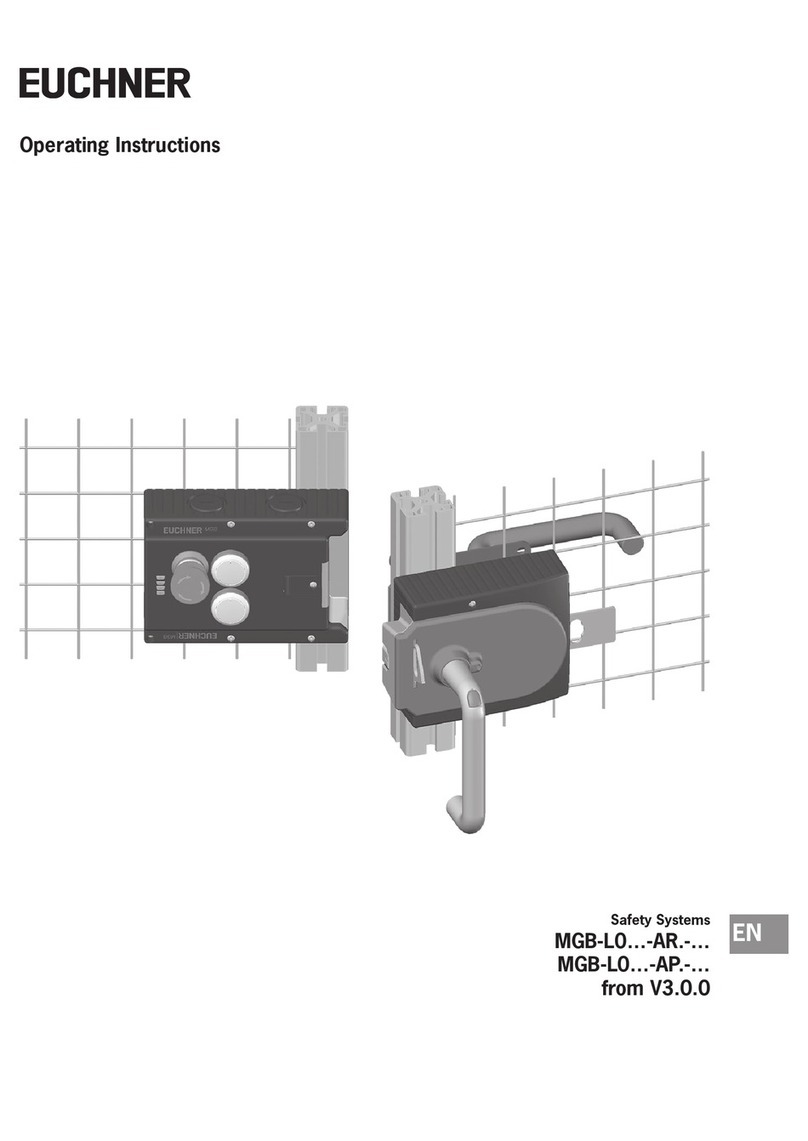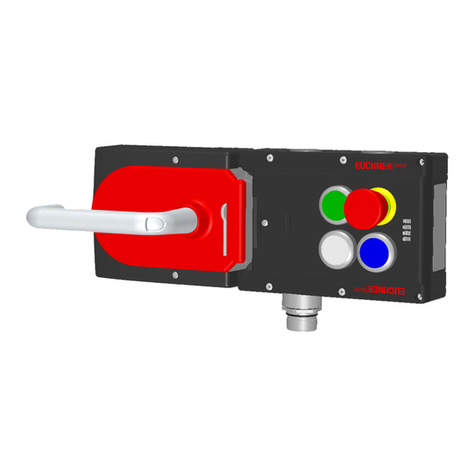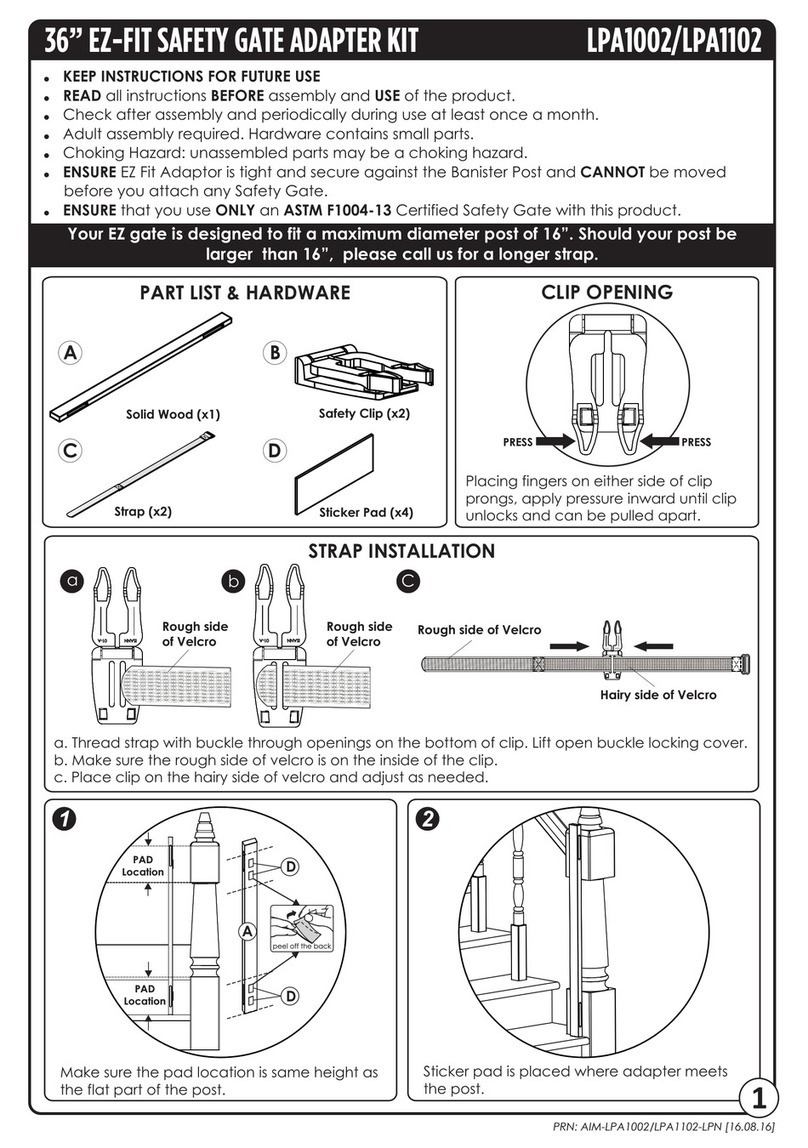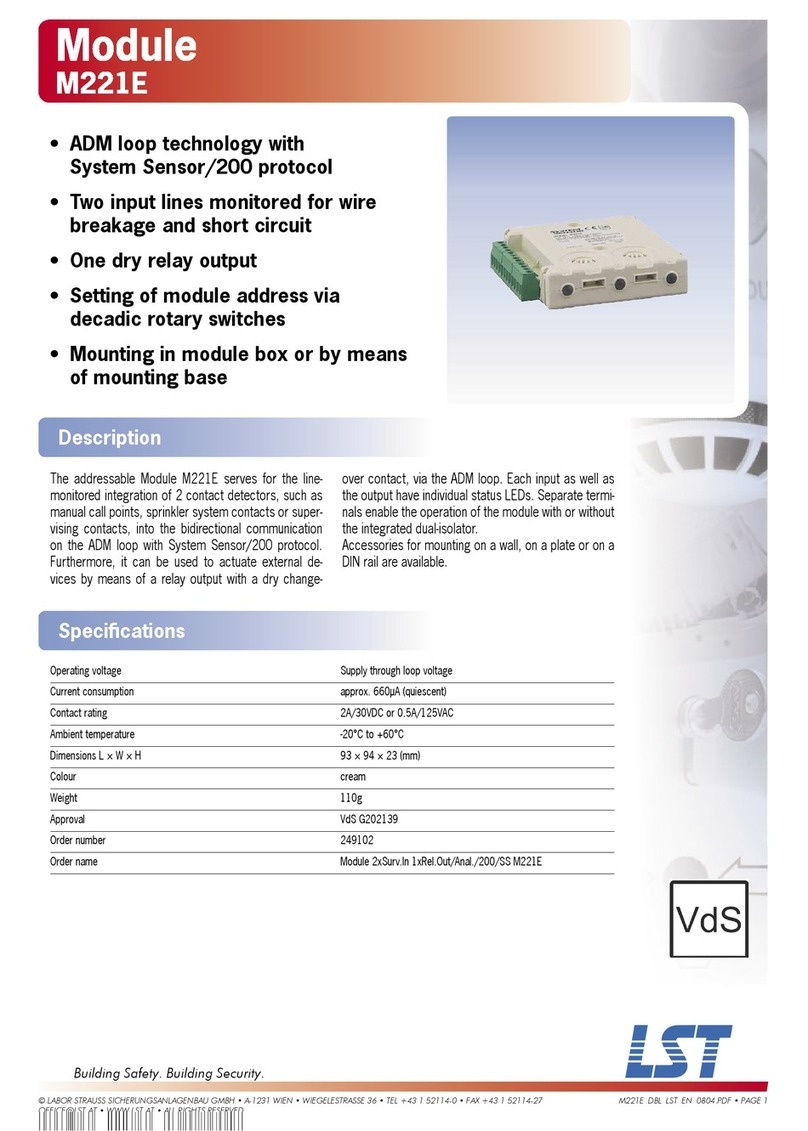
Operating Instructions Safety Systems
MGB-L0…-AR.-… and MGB-L0…-AP.-…
2(translation of the original operating instructions) 2112657-14-03/20
Contents
1. About this document............................................................................................. 4
1.1. Scope............................................................................................................................................4
1.1.1. Notes on older product versions ......................................................................................4
1.2. Target group ..................................................................................................................................4
1.3. Key to symbols...............................................................................................................................4
1.4. Supplementary documents ..............................................................................................................5
2. Correct use .......................................................................................................... 6
2.1. Main differences between MGB-AP and MGB-AR.................................................................................7
3. Description of the safety function .......................................................................... 7
4. Exclusion of liability and warranty ......................................................................... 7
5. General safety precautions ................................................................................... 8
6. Function............................................................................................................... 9
7. System overview................................................................................................. 10
7.1. Interlocking module MGB-L0-… ......................................................................................................10
7.2. Handle module MGB-H-…...............................................................................................................10
7.3. Escape release MGB-E-… (optional)................................................................................................10
7.4. Dimension drawing .......................................................................................................................11
7.5. Lockout mechanism......................................................................................................................12
7.6. Escape release (optional) ..............................................................................................................12
7.6.1. Preparing escape release .............................................................................................12
8. Installation ......................................................................................................... 14
8.1. Mounting lens...............................................................................................................................15
9. Changing actuating direction (here: from right to left).......................................... 17
10. Protection against environmental effects............................................................. 18
11. Electrical connection .......................................................................................... 19
11.1. Notes about .........................................................................................................................20
11.2. Safety in case of faults..................................................................................................................20
11.3. Fuse protection for power supply...................................................................................................20
11.4. Requirements for connection cables...............................................................................................21
11.5. Notes on cable laying....................................................................................................................21
11.6. Changing device conguration (using DIP switches) .........................................................................22
11.6.1. Changing system family (AR/AP switching)......................................................................22
11.7. Notes on operation with control systems ........................................................................................23
11.8. Terminal assignment and contact description..................................................................................24
11.9. Operation as separate device ........................................................................................................25
